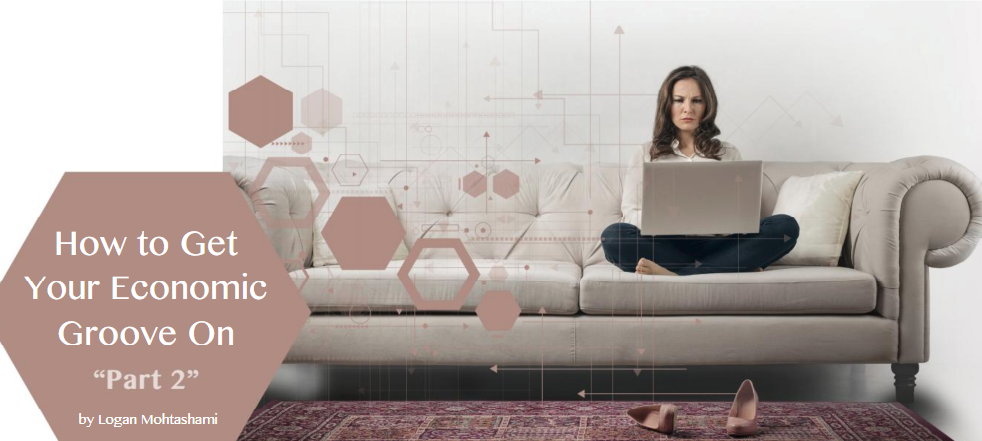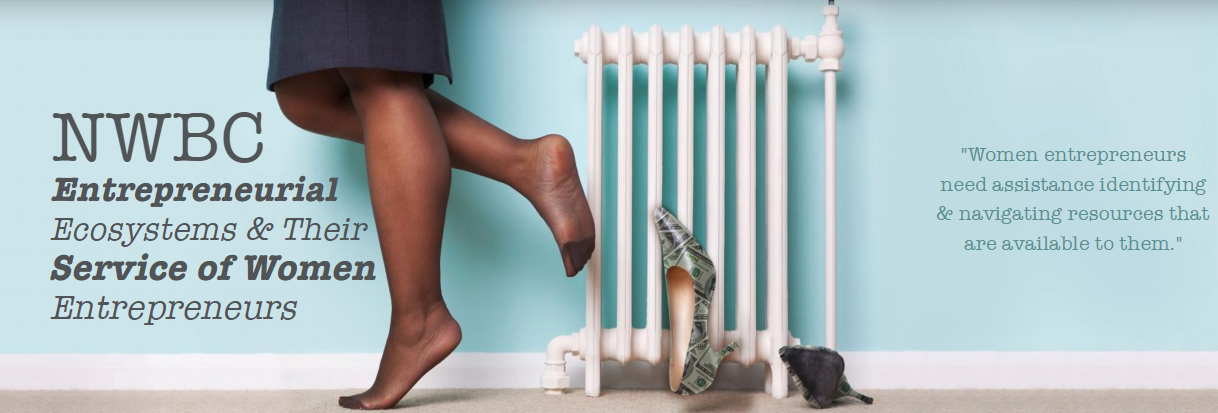Millennials have this enigmatic aura around them. Older generations scratch their heads trying to make sense of them as if they are extraterrestrials with green-and-white colored coffee cups in one hand and smartphones in the other, who bond by laughing together over memes on Instagram.

Millennials comprise individuals between 18 to 34 years old, and, according to a Pew Research Center poll, they are “the single largest generational segment in the United States.” Huffington Post states they are also the most ethnically diverse generation so far, most likely to have lived in more urban areas than their predecessors. While a majority are employed, a third of Millennials are still pursuing various education levels, which means that their spending power will only soar over time.
Just as those in the industry may feel clueless about this nascent, yet influential, generation, Millennials are just as oblivious about the opportunities available to them in this business sector. We look to provide some insight on how to bridge the gap separating Millennials from the housing ecosystem, an invaluable pairing in increasing diversity in the industry.
To figure out how to make the industry stand out to college students gearing to enter the labor force, we must first understand what they want from their jobs. The Harvard Business Review characterizes Millennials as “job-hoppers” and “the least engaged generation,” both of which contribute to their requirements for job satisfaction.
Continue reading

 Login
Login






















 Women
Women





